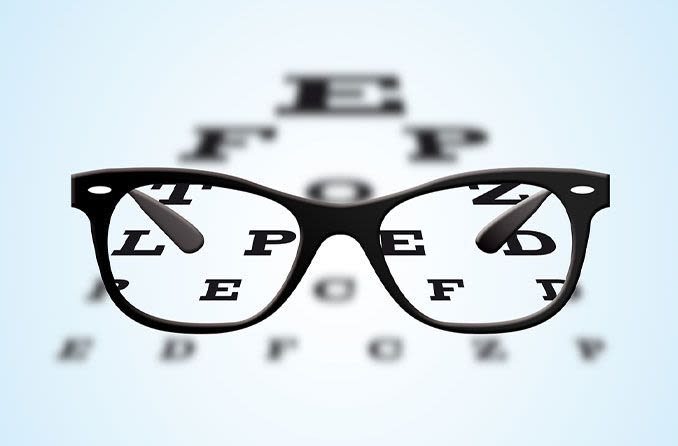


February 10, 2022
Low vision refers to vision loss that cannot be corrected by medical or surgical treatments or conventional eyeglasses. A person with low vision must learn to adjust to it.
The good news: There are many ways to help so that people with low vision can continue to do things that are important to them. Losing vision does not mean giving up activities, but it may mean learning new ways to do them.
Vision rehabilitation helps patients to learn new strategies and find devices that can assist them.
The Experience of Vision Loss
It’s important to acknowledge the anger and frustration you may feel if you learn that your vision loss is irreversible. Getting help to work through these feelings and learn about the strategies of vision rehabilitation will help you stay active and avoid depression.
You can live well with low vision, but you cannot live well with depression. Counseling and a good support group can help you recognize that your value does not depend on your vision. You are worth the effort it takes to learn how to make the most of the vision you have.
Don’t Let Low Vision Stop You
Don’t isolate yourself. Keep your social group, job or outside activities. You might need large print, a magnifier, someone to drive you to events or additional help to participate in sports. Ask for the help you need. Staying home to avoid asking for help is not independence. Friends are honored to be asked.
Causes of Low Vision
Many eye diseases can cause low vision. These can include:
Eye diseases are more common in persons over 50 years of age. However, normal aging of the eye does not lead to low vision.
Because seeing involves both the eye and the brain, diseases that affect the brain, such as strokes, also can lead to low vision.
Low Vision Symptoms
Individuals with low vision may not see well enough to perform everyday tasks even with the help of regular glasses, contact lenses, medicine or surgery.
They may have difficulty:
• Reading
• Using a computer or tablet
• Writing
• Watching television
• Recognizing faces
• Seeing switches, dials or other mechanical controls
• Seeing the board at front of a school classroom
• Shopping
• Driving a car
Children may have difficulty learning to read or seeing material presented in a classroom.
The phantom visions of Charles Bonnet syndrome
About 20 to 30 percent of people with vision loss see life-like images that they know are not real. This is called Charles Bonnet syndrome (CBS). This is just part of vision loss for some people. It is similar to how people who have lost a limb may feel phantom pain and is not a sign of a mental health problem.
